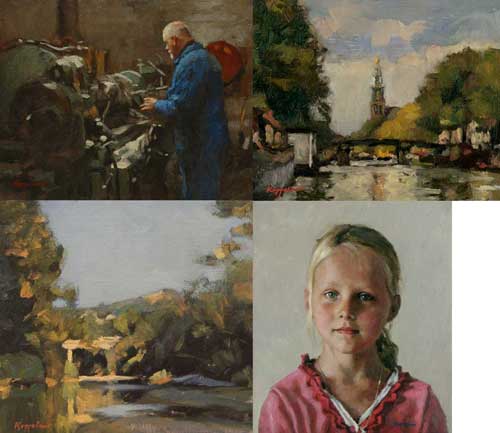
In the arts, the accurate, detailed, unembellished depiction of nature or of contemporary life. Realistic art rejects imaginative idealization in favour of a close observation of outward appearances. As such, realism in its broad sense has comprised many artistic currents in different civilizations. In the visual arts, for example, realism can be found in ancient Hellenistic Greek sculptures accurately portraying boxers and decrepit old women. The works of such 17th-century painters as Caravaggio, the Dutch genre painters, the Spanish painters José de Ribera, Diego Velázquez, and Francisco de Zurbarán, and the Le Nain brothers in France are realist in approach.
Realism was not consciously adopted as an aesthetic program until the mid-19th century in France, however. Indeed, realism may be viewed as a major trend in French novels and paintings between 1850 and 1880. One of the first appearances of the term realism was in the Mercure francais du XIX siecle in 1826, in which the word is used to describe a doctrine based not upon imitating past artistic achievements but upon the truthful and accurate depiction of the models that nature and contemporary life offer the artist. The French proponents of realism were agreed in their rejection of the artificiality of both the Classicism and Romanticism of the academies and on the necessity for contemporaneity in an effective work of art. They attempted to portray the lives, appearances, problems, customs, and mores of the middle and lower classes, of the unexceptional, the ordinary, the humble, and the unadorned. Indeed, they conscientiously set themselves to reproducing all the hitherto-ignored aspects of contemporary life and society--its mental attitudes, physical settings, and material conditions.
The description above is what I found in the encyclopedia. My idea of Realisic Art is that it shows exactly what there is at a certain point in time. Nothing less, nothing more. I paint what I see.
Realistic Art